Today, the Supreme Court heard arguments in the Dobbs v. Jackson case. Dobbs debates whether states can ban second-trimester abortions before babies can survive outside their mothers’ wombs — a law Mississippi voters want. They passed the Gestational Age Act (HB 1510) in 2018, forbidding abortions after 15 weeks of gestation. Though a lower court struck the Act down, the state of Mississippi successfully appealed to the nation’s highest Court.
“It is time for national abortion law to reflect updated science,” says Lois Anderson, ORTL executive director. “By 15 weeks of gestation, unborn babies are already quite complex, unique human beings.”
Chief Justice John Roberts stated during today’s Dobbs oral arguments that the United States abortion law is extreme in comparison to global and European norms. Although he was challenged by the pro-abortion advocates in the Court, he was correct.
According to a comprehensive 2014 Charlotte Lozier Institute (CLI) analysis of abortion laws worldwide, the United States is among a small handful of nations, including China and North Korea, that allow elective abortion more than halfway through pregnancy, or after 20 weeks.
CLI’s 2014 analysis was heavily challenged but rated as “true” in a Washington Post fact check, receiving the elusive “Geppetto Checkmark” in 2017.
- By 15 weeks of pregnancy, every major organ has grown and most are functional.
- The heart pumps 26 quarts of blood per day.
- Intestines have started the lifelong contractions that propel food through the digestive system.
- The kidneys already filter toxins.
- The unborn baby prefers sucking his right or left thumb.
- By studying ultrasounds, scientists have determined that 85% of unborn babies prefer moving their right hand over their left hand. About 85% of adults prefer their right hand, too.
- If a twin, the unborn baby moves more gently when reaching toward her twin’s face.
- The baby responds to taste.
- Flavors from the mother’s food seep into the amniotic fluid, peaking after about 45 minutes.
- If the amniotic fluid tastes sweet because of an injection of saccharin, the baby swallows more fluid. If the amniotic fluid tastes bitter, the baby swallows less.
- The baby’s heart has already beat approximately 15,800,000 times.
- A baby’s heart starts beating about 22 days after fertilization.
- In total, a baby’s heart beats about 54 million times between conception and birth.
- The baby’s body responds to both touch and pain.
- The baby responds to light touches over most of the body.
- If something touches the palm of the baby’s hand, the baby will bend his or her fingers as if to grasp the object.
- Neurotransmitters specific to pain processing appear between 10 and 14 weeks’ gestation. The spinal nerves needed to transmit pain to the thalamus have formed by 15 weeks’ gestation.





